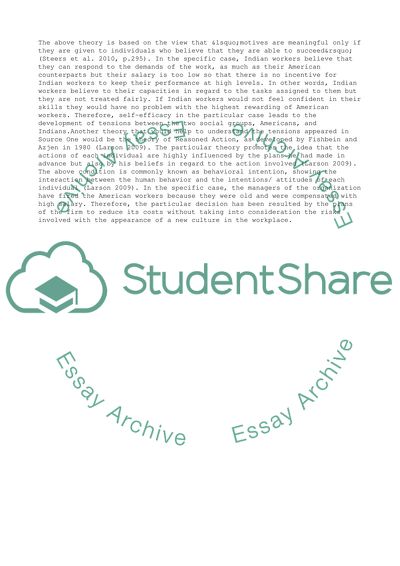Cite this document
(“The Scent of Difference: Reception and Responsibility Essay - 1”, n.d.)
The Scent of Difference: Reception and Responsibility Essay - 1. Retrieved from https://studentshare.org/management/1613678-case-study-the-scent-of-difference
The Scent of Difference: Reception and Responsibility Essay - 1. Retrieved from https://studentshare.org/management/1613678-case-study-the-scent-of-difference
(The Scent of Difference: Reception and Responsibility Essay - 1)
The Scent of Difference: Reception and Responsibility Essay - 1. https://studentshare.org/management/1613678-case-study-the-scent-of-difference.
The Scent of Difference: Reception and Responsibility Essay - 1. https://studentshare.org/management/1613678-case-study-the-scent-of-difference.
“The Scent of Difference: Reception and Responsibility Essay - 1”, n.d. https://studentshare.org/management/1613678-case-study-the-scent-of-difference.


